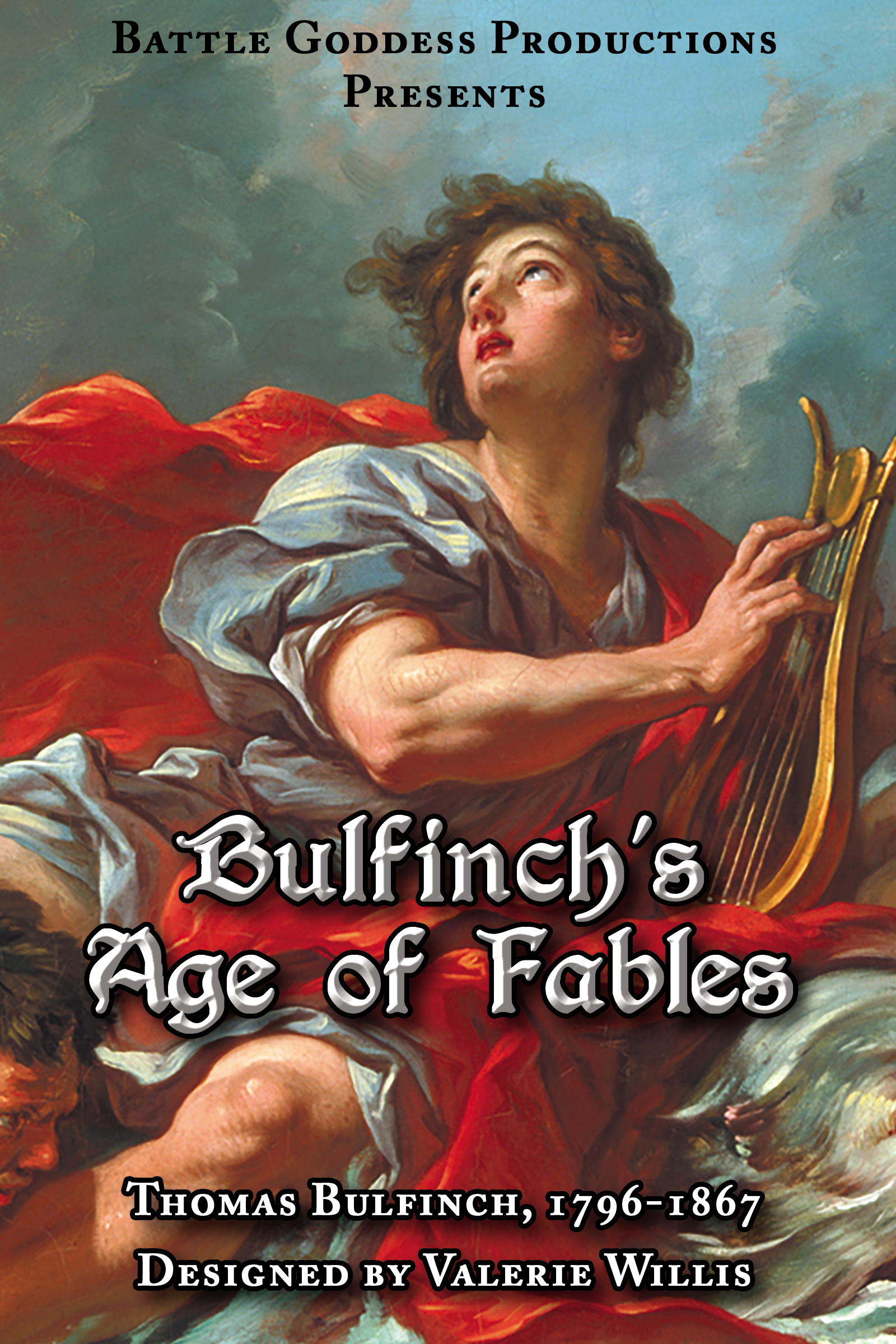7 Love Stories From Fables That Were Tragic

Mythology is full of tales of love, and a popular in modern retellings is often Hades and Persophene. But they weren’t alone! And much like their own story, can we really label such tragic tales as love stories or romance at all. Regardless, taking a dive into my latest remake Bulfinch’s Age of Fables here are some of the stories that stuck out. Read more on these throw the eyes of Thomas Bulfinch in the book itself, but here’s my take and cliffnotes.
Adonis and Aphrodite
A short-lived romance. In fact, Aphrodite fell victim to Cupid’s arrow while out playing under the shade of trees. The wound deeper than she had expected, fell under this spell the moment Adonis was spotted. She soon grew obsessed over the youth, and the moment she left his side, he fell victim to his confidence. Throwing a spear at a wild boar, it turned on him and attacked. By the time Aphrodite turned her swans and pulled the chariot around, his death was assured. It is said she beat on herself and pulled her hair out over the grief.
Cephalus and Procris
First off, Cephalus is said to have been a gorgeous man with a love for sports. In short, he was sought after by the gods. Just after marrying his charming and devoted wife Procris, he was pursued by Aurora, the goddess of dawn, daybreak, and sunrise known for riding her chariot across the sky from east to west. After he refused her time and time again, she abandoned her pursuit after the javelin wielding brute who was happy with his wife. After loosing his dog in the woods, someone overheard him talking seductively to an unknown entity while resting against a tree. When word got back to his wife Procris, she followed him the next day when he continued his search. She watched as he ran himself ragged looking for the dog, until at long last, he leaned once more against a tree, seducing the breeze. She began crying in the pushes, to which an alarmed Cephalus threw his javelin. He hit his mark, and unknowingly, slayed his wife who said in her dying breath, “I implore you, if you have ever loved me, if I have ever deserved kindness at your hands, my husband, grant me this last request; do not marry that odious Breeze!”
Daphne and Apollo
This poor nymph was actually a victim of Cupid’s ego. In short, when Apollo bragged about the power of the arrows he shot, Cupid decided to show this god the power behind his own. Apollo pursued Daphne endlessly, unable to break the dart of desire to be with her and have her as his own. Apollo was taken aback how an arrow to the heart was more powerful than any medicine or remedy he could imagine, nothing could cure him. Peneus or Gaea are accredited for “saving her” by turning her into a laurel or olive tree to escape Apollo under Cupid’s spell.
Glaucus and Scylla
Why does no one talk about this or do retellings of this interesting hot mess. I mean, dark romance and monster lovers would love to see a modern revision! Glaucus started life as a mortal fisherman, but plunged into the water and let Posiedon and Tethys wash away his mortality. From here, he became a merman with long sea-green hair, broader shoulders, and fish tail where thighs and legs had once been. One day, he came across Scylla, a gorgeous water nymph rambling on the shore. He showed himself to her. It did startle her, but he poured over his life story and how he came to be before confessed he fell in love at first sight. When she ran from him, not returning his affections, he sought counsel from Circe for guidance. In short, she told him to pursue a more willing woman and look elsewhere, for she did not meet his affection. When Glaucus informed her he would not, she grew madly jealous and wanted Glaucus’ affection and devotion for her own. Unable to change his mind and unwilling to punish the god she was crushing on, she threw all her rage against Scylla herself. Poisoning Scylla’s bathing waters, the water nymph found being waist deep had made waist down turn into a tentacle, serpent, and barking monster mess. Anger filled her to have been changed in such a way and she devoured many fishermen and sailors in revenge. Strangely, Thomas Bulfinch doesn’t cover what Glaucus’ thoughts were of what unfolded.
Halcyone and Ceyx
Again, a tragic tale of a happily married king and queen. King Ceyx went to seek out the Oracle of a matter where he angered the gods because of his grief from losing his brother. When he told his wife Halcyone of his plans, shudder ran through her and she paled. She did her best to change his mind, discourage him with brutal tales and even saying: “What fault of mine, dearest husband, has turned your affection from me? Where is that love of me that used to be uppermost in your thoughts? Have you learned to feel easy in the absence of Halcyone? Would you rather have me away?” In the end, he made the journey, the gods destroyed him and his ship. She is said to leap from the cliffs to his lifeless body. It is here she is transformed into a Halcyon, or type of cliff nesting kingfisher. In other stories, she is said to become a hummingbird.
Persephone and Hades
We’ve seen the reimagined versions and more common stories, but many have forgotten the original tellings. In short, while Persephone was out collecting lilies and violets in her apron, Hades saw her from afar on his chariot. From that first moment, he loved her and immediately carried her off. As he urged his steeds on calling them by their names, Persephone cried out to her family and friends. She let go of her apron, a falling of flowers to symbolize her grief and a striking imagery painted here. When they hit the river Cyane, Hades struck the ground with his trident and gave passage to Tartarus. The story mostly focuses on Ceres or Demeter’s investigation and hunt for her daughter. Angry how many feared Hades and kept information from her or how the soil even betrayed her. It’s a mother’s revenge story more than anything as she retaliates against all who did not stop, interfere, or tell her something about her kidnapped daughter. In fact, in some accounts she’s riding a chariot pulled by winged dragons when she makes her way into the underworld to retrieve her daughter from Hades in Elysium.
Pyramus and Thisbe
You can easily consider this the original variation of what inspired Shakespeare’s Romeo and Juliet. These two were neighbors and after a gathering, fell madly in love. Their homes shared a wall to which a crack allowed the two lovers to communicate to one another after their parents had forbidden them from marrying. In short, Thisbe went to a meeting place outside the city at a fountain. There a lioness with a bloodied mouth spooked her to hide between nearby boulders. It was here that the lioness chewed and bloodied her veil, to which Pyramus would discover. Unable to imagine life without Thisbe, assumed dead, he took his own life. Thisbe returned to the fountain to discover Pyramus dead and thus, followed him. Thus the phrasing, “…as love and death have joined us…” is associated to many modern vows.
Discover More
Like the information you see here? Check out Bulfinch’s Age of Fables! This book is a public domain remake, meaning it was originally published over 70+ years ago and has been redesigned to improve aesthetics and utilize search function in PDF and eBook formats. To add to the overall look and feel, public domain images and artwork have been added to show how these legends and topics have influenced not only the literature referenced by Thomas Bulfinch, but artists through the centuries.

